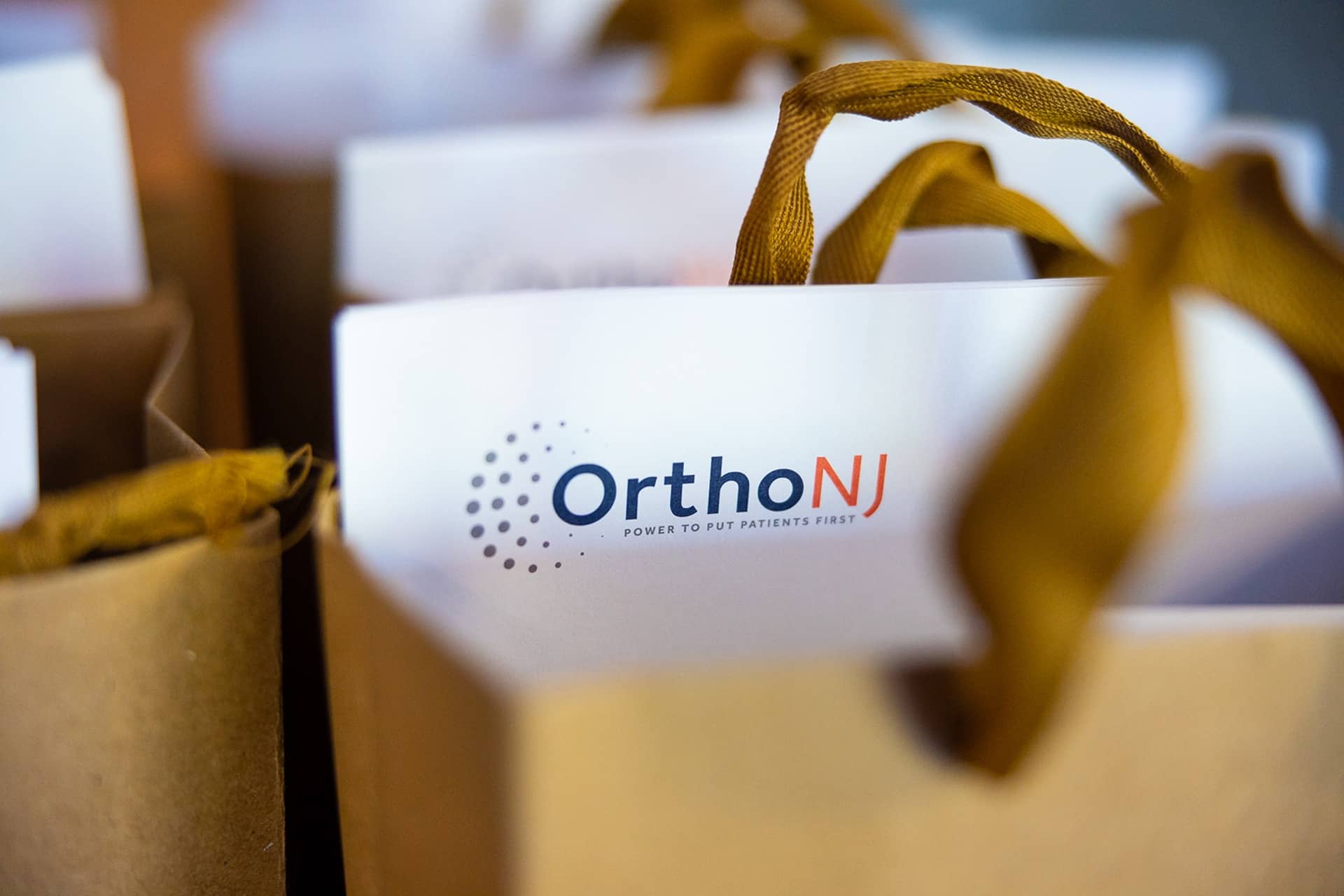Dislocations, Breaks & Fractures
Dislocations, breaks, and fractures are injuries that affect your bones and joints. A dislocation happens when a bone is forced out of its joint, while a fracture or break means the bone has cracked or snapped. Nearby soft tissues such as ligaments, tendons, muscles, and skin can also be stretched, torn, or bruised.
These injuries are often caused by falls, sports collisions, twisting accidents, or high-energy impacts such as car crashes. They can lead to pain, swelling, deformity, and trouble moving or using the injured area. At OrthoNJ, we evaluate these injuries promptly and guide you from diagnosis through recovery.
What Are the Symptoms of Dislocations, Breaks & Fractures?
- Severe pain
- Swelling and bruising
- Visible deformity or out-of-place joint
- Limited or lost motion
- Numbness, tingling, or weakness
- Inability to bear weight or use the limb
- Open wound or bone visible
What Causes Dislocations, Breaks & Fractures?
- Falls or direct impact: Landing on an outstretched hand, slipping on stairs, or a blow during contact sports can injure bones and joints.
- Sports injuries: Sudden twists, collisions, or awkward landings may dislocate a joint or fracture a bone.
- Motor vehicle accidents: High-energy forces from crashes can cause complex dislocations and fractures.
- Repetitive stress: Overuse can lead to small cracks known as stress fractures, especially in the foot and lower leg.
- Osteoporosis or low bone density: Weaker bones break more easily, even with minor falls.
- Previous injury: A past fracture or dislocation can leave an area more vulnerable to re-injury.
How to Prevent Dislocations, Breaks & Fractures
- Bone health: Get enough calcium and vitamin D and do weight-bearing exercise to keep bones strong.
- Protective gear: Wear sport-specific helmets, pads, and braces as recommended for your activity.
- Strength and balance: Regular conditioning, including core and hip strength plus balance work, reduces falls and missteps.
- Proper technique: Learn safe movement patterns for lifting, landing, and changing direction.
- Supportive footwear: Choose shoes with good traction and fit to lower the risk of slips and ankle rolls.
- Safe environment: Clear clutter, secure rugs, add lighting and handrails, and use nonslip mats in bathrooms.
- Gradual training: Increase activity intensity and mileage slowly to avoid overuse injuries.
When to Seek Orthopaedic Care
- Severe pain and swelling: Intense pain, bruising, or rapidly increasing swelling can signal a fracture or dislocation.
- Deformity or joint out of place: A visibly crooked limb or shifted joint needs urgent evaluation.
- Cannot bear weight or use the limb: Inability to stand, walk, lift, or grasp suggests a significant injury.
- Numbness, weakness, or color change: Tingling, pale or bluish skin, or coldness may indicate impaired blood flow or nerve involvement.
- Open wound or bone showing: Treat as an emergency and seek immediate care.
- Symptoms not improving: If pain or function does not improve after a few days of rest, ice, compression, and elevation, get checked.
An orthopedic surgeon is recommended for dislocations, breaks, and fractures. Your specialist can evaluate the injury with imaging and guide appropriate treatment, including nonsurgical care or surgery when needed.
OrthoNJ offers timely assessment and personalized care plans to help you heal safely and return to the activities you enjoy.
Find An OrthoNJ Location
Contact one of OrthoNJ's locations spread out through all of New Jersey.
Why Choose an OrthoNJ Doctor for Your Care?
OrthoNJ is different from your typical medical provider. Unlike many in the industry, we prioritize patient care over profits. Our six divisions work collaboratively to ensure the best outcomes for our patients. We believe in the "Power to Put Patients First," and our doctors and divisional partners strive to uphold this commitment in every aspect of our care.
- With over 120 fantastic physicians, all board-certified, board-qualified, or fellowship-trained, OrthoNJ offers top-tier expertise across a wide range of specialties.
- We serve over 250 communities throughout New Jersey, providing treatment and continuing care for various orthopedic needs.
- With more than 30 statewide offices, our reach extends across the entire state. Whether in North Jersey, South Jersey, or anywhere between, OrthoNJ proudly serves you.
This treatment info is for informational purposes only. Treatment and recovery vary person to person, and you should consult with your treating physician and team for details on your treatment and recovery process.
